All About Roasting Meats
How to Roast Meats & Poultry
In the beginning, roasting was done on a turning spit over an open fire, and the juices ran over the surface of the meat, basting it continuously. The roasting technique is a dry heat cooking method every home cook will want to learn more about.
A more specific definition includes roasting in an oven, before a fire, or buried in embers or very hot sand. Think about wrapping a potato up in aluminum foil and nestling it in the dying embers of a campfire.
Since this is not a frequent scenario, most people consider roasting as cooking large pieces of solid food in an oven. This is a correct definition, as far as it goes, but it is also a very simplistic definition.
Dozens of cookbooks have been written on the art and nuances of roasting: to baste or not to baste, proper roasting temperature, tied or untied, brine or marinate, bone in or bone out—the list goes on and on.
Let’s take an in-depth look at roasting. First, we’ll examine roasting history, equipment needed for modern roasting and what foods work well with this cooking method. Then, we’ll address some of the age-old debates.
You can decide for yourself what method works best for you. Any way you slice it, though, armed with some know-how and the right tools, you’ll end up with a roast you can be proud of.
A Short History of the Roasting Technique
The earliest form of cooking was probably direct heat: man drops raw meat into a fire. While this cooked the food, the guy likely ended up with black char on the outside and raw in the middle with a thin margin of “cooked” in between.
Next probably came roasting, also by accident: man leaves raw meat by the fire. The indirect heat cooked the meat more gently, albeit only in one direction – the side closest to the fire got cooked. Eventually, somebody thought of putting the meat on a stick and turning it over the fire, and spit-roasting was born.
Spit roasting was the state of the art for hundreds of years. But, first, there was the boy who turned the spit, and then someone (probably one of those spit-turning boys) devised a way to turn the spit mechanically – weights and pulleys.
For centuries, the heat source was a fire that came from one direction – the hearth – and more elaborate methods of spit roasting was devised to produce an evenly cooked, moist, and juicy end product.
Eventually, someone came up with a box with walls that would absorb the heat from the fire and then radiate it back at the food from all sides at once. No more spits, no more turning the food constantly over a fire. Oven roasting was born.
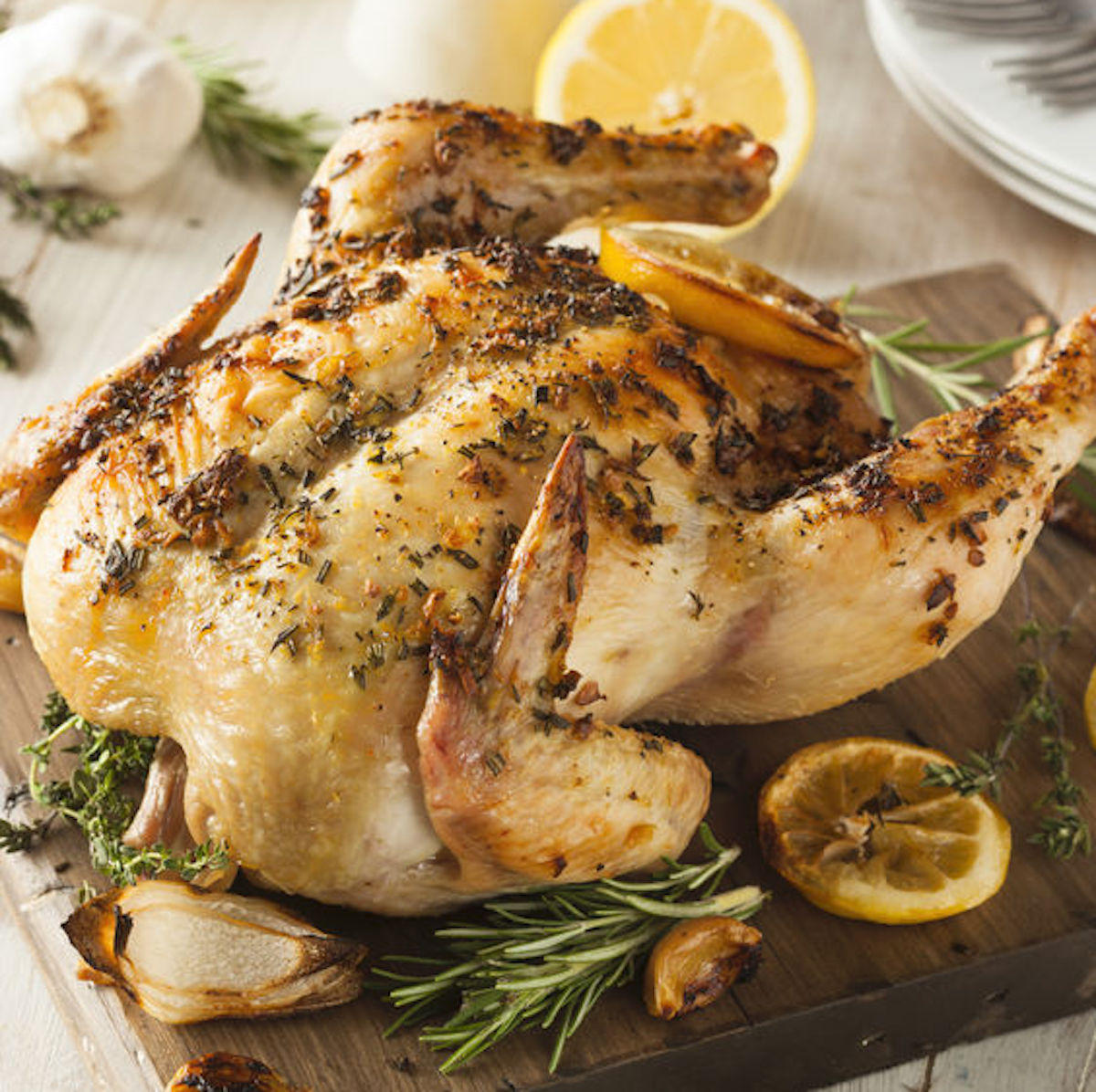
Roasting Equipment
It helps to have the right roasting equipment.
Roasting was one of the earliest cooking methods because it required little equipment. Early roasting required a rock in front of the fire or a readily available stick. If you’re not looking to go primitive, there are lots of “toys” you can buy, but all you’ll need is
- A good roasting pan
- an oven
- an instant-read thermometer.
A (4th) piece of essential roasting equipment is debatable: the roasting rack. Technically, roasting foods should be “suspended” in the middle of the oven so the bottom of the meat doesn’t “stew” in its own juices in a pan or burn. Hence, the rack is a means of lifting the food off the pan’s bottom.
Some cooks use a rack, and some do not—some roast right on the oven rack with a pan on the rack below to catch the drippings. I often use a rack made of vegetables – long pieces of carrot and celery piled up under the roasting meat. The meat sits on the vegetables and is held off the bottom of the pan, and the vegetables add flavor as everything roasts together.
If you use a metal rack, some cooks prefer flat racks, and some prefer V-shaped ones. There are also U-shaped racks and vertical roasters available (think beer can chicken). Flat rack proponents say that a flat rack allows the meat to “spread out” and roast more evenly, while V-shaped racks “squeeze” the meat and prevent thorough cooking.
V rack proponents say a V rack helps keep the meat in a more uniform shape so that it will cook more evenly. See what I mean about the definition of roasting being pretty simplistic? Everyone has their preferred method. Since every method has pros and cons, please do your research and then do what makes sense to you.
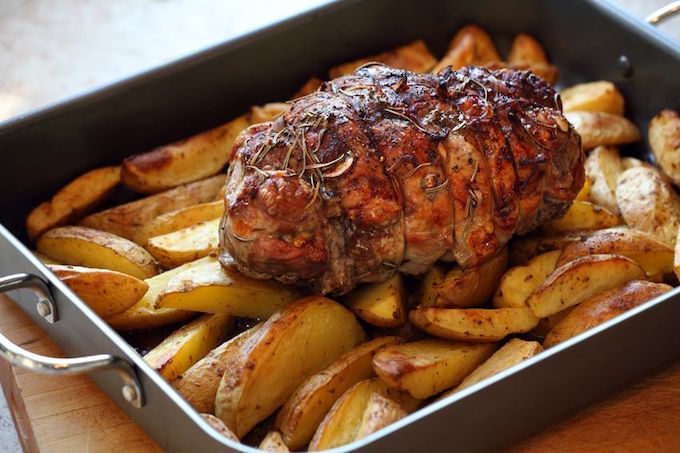
The Meat Cuts Are Important to the Roasting Technique
Roasting is a cooking technique that can be applied to a wide variety of meats, from poultry to pork, and is a fantastic choice when the goal is highlighting the flavor of the meat itself (rather than a flavorful sauce, as in a braise or a stew). Some cuts are not appropriate for roasting, however.
Since meat is a muscle, some meats are more tender and some tougher depending on how much work the muscles did when the animal was alive. In general, roasting is an excellent method for cooking chicken, turkey, and other fowl and leaner lamb, pork, and beef cuts. Look for these leaner cuts labeled “loin” or “rib.”
Conversely, tougher meats with a lot of connective tissue, such as brisket, chuck, round and shank, are best cooked with a moist-heat method, such as braising or stewing.
How to Keep the Roast Moist
Before much emphasis was placed on leaner meats, even tender cuts of meat contained a lot of fat in the form of a “fat cap.” The fat cap is the thick layer of fat covering the meat. On a live animal, the fat would be between the skin and the meat. In today’s market, the fat cap is trimmed before the sale.
The fat cap melts and bastes the meat during roasting, keeping it moist. With today’s leaner cuts, we need to work harder to keep the end product moist. I said it’s more challenging but not impossible. There are several ways to ensure a moist product. Some are healthier than others, but all will improve to ensure a juicy and flavorful result.
Larding – Larding is an ancient form of introducing extra fat to a cut of meat. Strips of solid fat, such as lard or bacon fat, are pulled through slits in the meat with the help of a large needle.
During roasting, the strips of fat melt: self-basting meat. Since most of the extra fat melts away during cooking, larded meat does not taste “fatty,” just more flavorful. Larding is an effective method of increasing juiciness, but as you can imagine, it is labor intensive.
Barding –Have you ever had a piece of filet Mignon wrapped in bacon? Well, you’ve had barded meat. Barding, a close cousin of larding, keeps roasting meats moist by draping the meat in fat, often strips of bacon or fatback.
Brining – Brining is an effective method of keeping meats moist during roasting. In its simplest form, a brine is just a salt and water solution, but you can introduce all sorts of additional flavors in the form of herbs, spices and aromatics.
Brining works through osmosis to introduce salt and other flavors into the meat. Once in the cells of the meat, the salt causes partial denaturing and coagulation of the proteins in the meat.
This coagulation keeps the moisture in the cells, preventing drying out. Most of us think about turkeys when we think of brining, but any lean cut of meat can be brined to add moisture and flavor.
Marinating – A marinade is usually a flavorful steeping liquid that contains an acid (vinegar, wine, lemon juice, etc.). The acid helps to break down some of the outside tissues to break down and hold more liquid. This can make a more flavorful end product. Marinades tend to work just on the surface of foods, so they could be more effective in flavoring large cuts, although they can work wonders on smaller cuts of meats. For example, consider a marinade for a smaller cut that you want to pan roast.
Basting – When you baste, you are bathing the outside of the meat with butter, pan drippings, or a flavorful sauce during the cooking process. While this can help to keep the roast moist, it also lowers the cooking temperature in the oven when you open it. If you choose to baste, do it quickly and give the oven enough time to return to temperature between bastings.
Proper Roasting Technique Temperature
Because there are so many variables to roasting, such as:
- Weight of the meat you care about cooking
- The initial temperature of the meat, did it just come out of the refrigerator?
- pan you are cooking with
- accuracy of your oven
- how many times do you open the oven door to take a peak
- The temperature you are roasting makes it difficult to accurately say how long to cook the meat based on minutes per pound. Of course, I can give you estimates (and I will), but in general, you need to use a thermometer to measure the temperature in the center of the roast to achieve the optimum results.
Roasting Temperatures & Doneness Chart
The “Remove” temperature on the left is the target temperature to remove from the heat source.
The “Ideal” temperature on the right is the ideal internal temperature after resting.
These temperatures are all Fahrenheit.
Rare | Medium-Rare | Medium | Medium-Well | |||||
Remove | Ideal | Remove | Ideal | Remove | Ideal | Remove | Ideal | |
Beef Roasts | 120º | 130º | 125º | 130º | 135º | 145º | 150ºF | 160º |
| Lamb Roast | 120º | 130º | 125º | 130º | 135º | 145º | 150º | 160º |
| Pork Roasts | – | – | – | – | 135º | 145º | 150º | 160º |
| Veal Roasts | – | – | 125º | 130º | 135º | 145º | 150º | 160º |
| Resting Time | Remove | Ideal Internal Temperature | |
| Whole Chicken – Roasted | 5 minutes | 160º – 165º | 165º – 170º |
| Whole Turkey – Roasted* | 20 – 60 minutes | 150º – 170º | 165º – 170º |
* A big turkey can take 60 minutes of resting with a temperature shift of 20º or more.

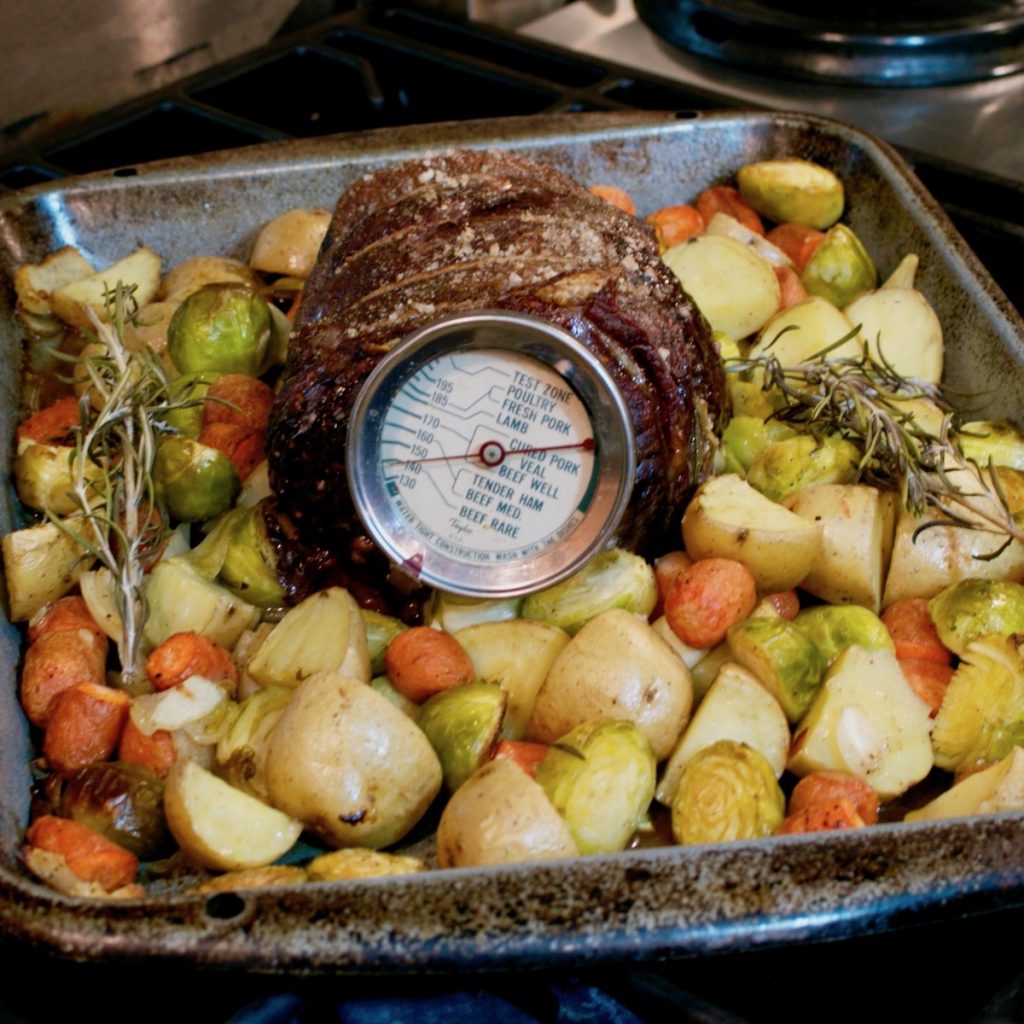
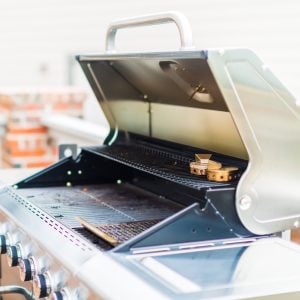
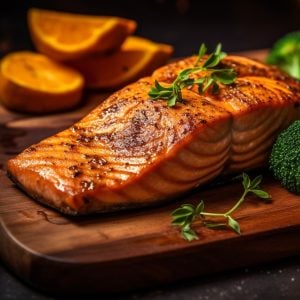


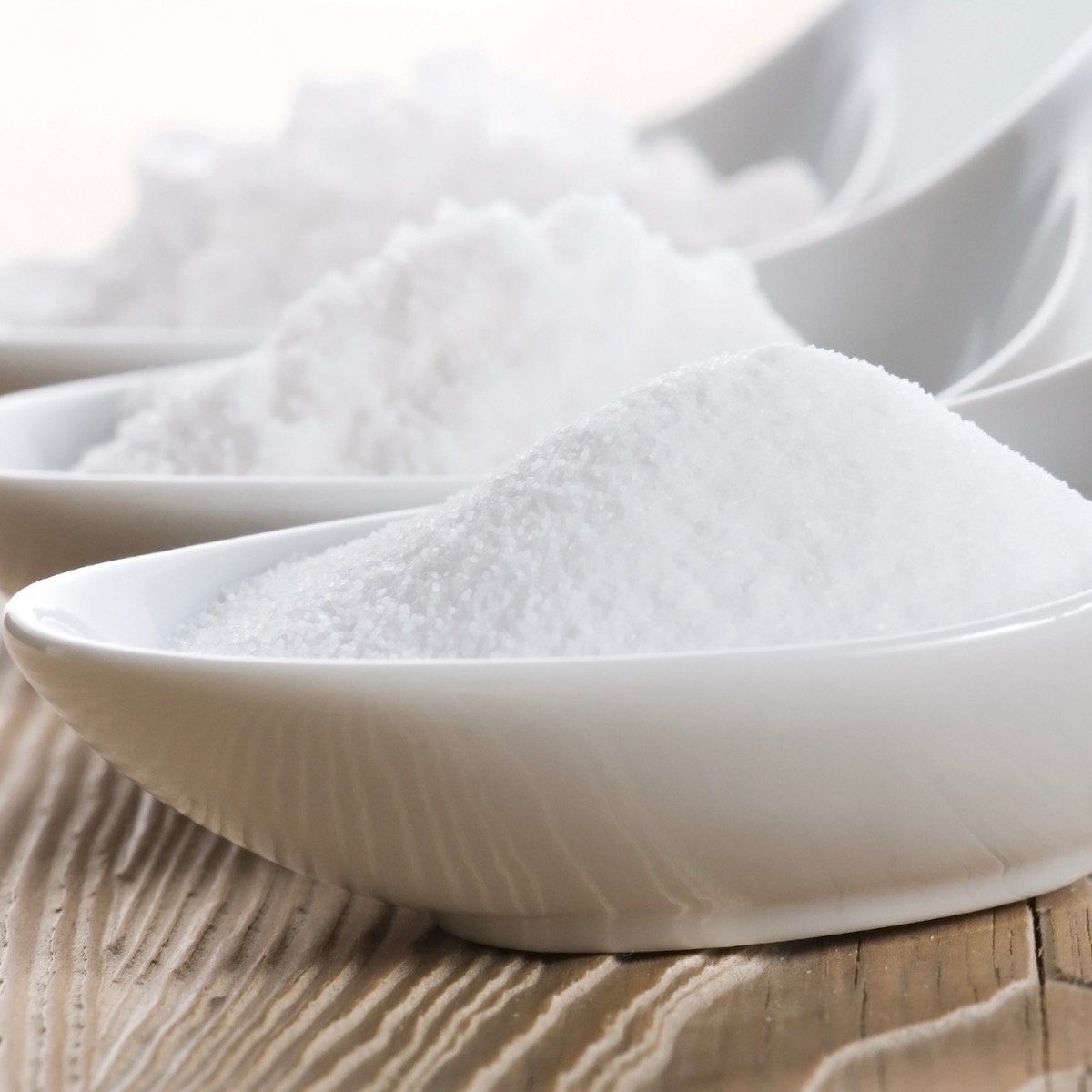
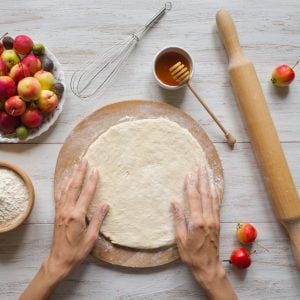
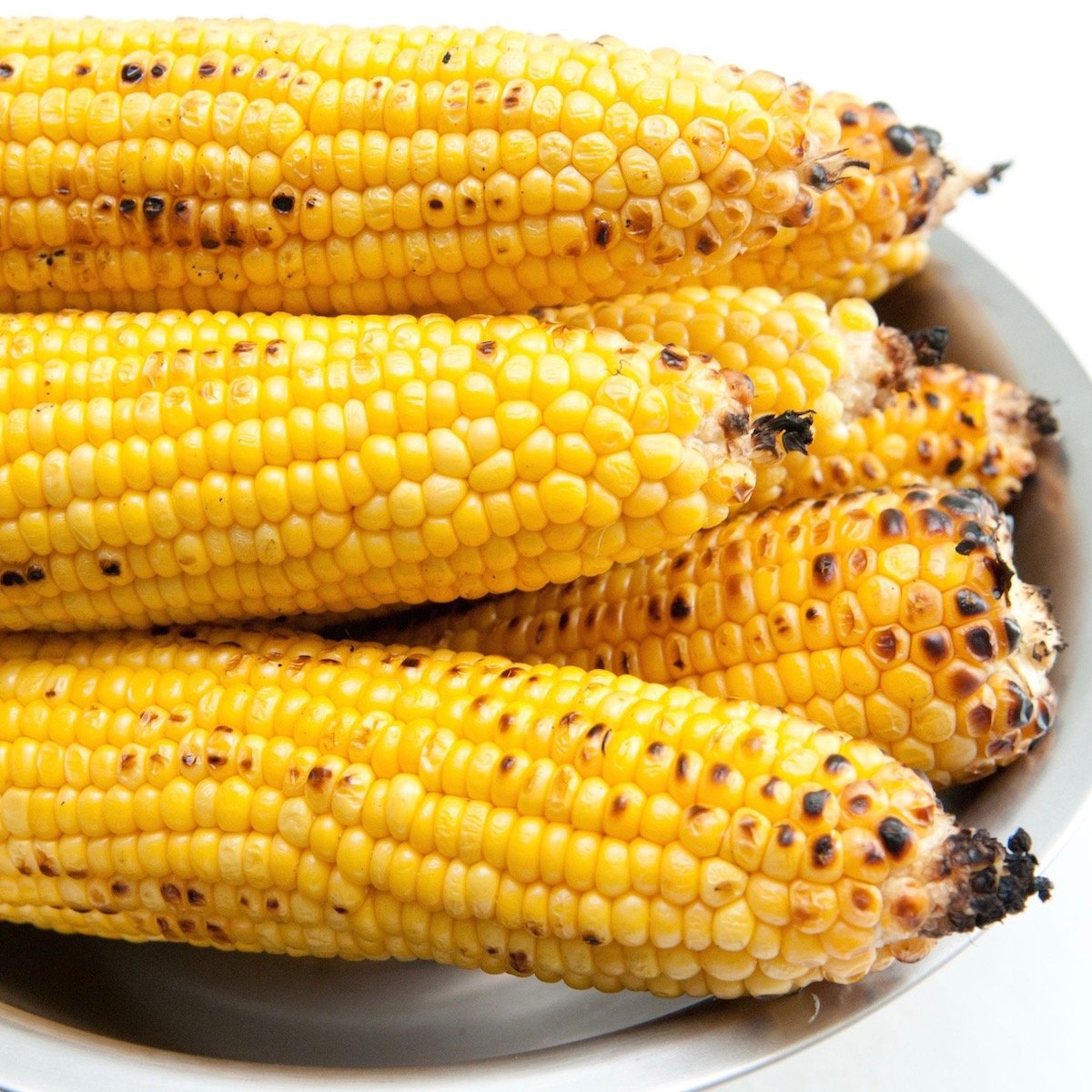
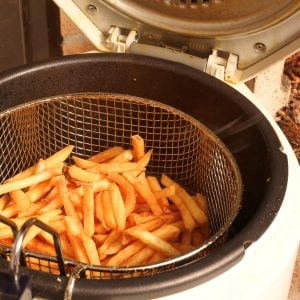
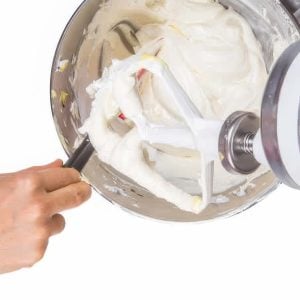
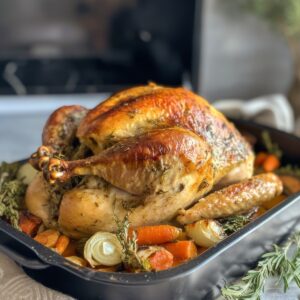
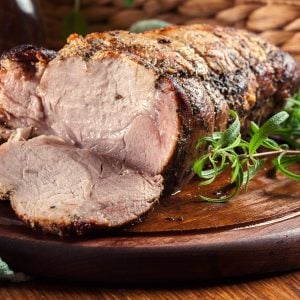
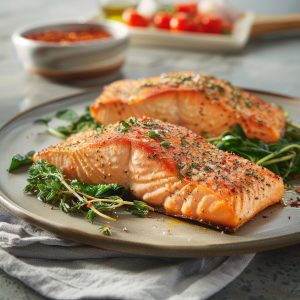


9 Responses
A really interesting article. Hope you get the chance to add the links and missing section about roasting tins, the bit I was initially looking for. (how high should the sides be?). To cover or not to cover is not discussed.
Not sure what is missing but a post about roasting pans is a great idea. Typically, I do not cover my roasts but I know there are some recipes that do call for it.
You had a well written wealth of information on meat. Thank you.
How do you roast an 8lb shell, which you will slice after it’s cooked?
Irene, not sure what you are asking. – RG
You give a lot of good GENERAL information… but that is not what I was looking for, or really, anyone else either. I wanted to know the TEMPERATURE for each DIFFERENT type of meat that is to be roasted. And how about a general length of time per pound? I can’t believe you wrote an entire article about how to roast meat and you don’t even give a temperature to set the oven at! You take the easy road and say there are too many variables. Other bloggers that write on the subject at least give temps and general lengths of time. And THEN they say that your results may vary depending on certain variables you have to take into consideration. Other than that keep up the good work.
Brad, did you see the chart at the end of the post? Most recipes I give the “general” length of time per pound but I would prefer if you use a thermometer. If you take a roast out of the refrigerator and throw it in the oven, the time difference will be substantially different than if you let the same roast come to room temperature and then roast it. So if I give you one time per pound, you could be way off.
It have a self basting roasting tin . How many mins. Do I cook a 4 lb chicken and what temperature do I roast the chicken
Excellent info. Thanks so much especially for the temperature/roasting chart. Linda
You are very welcome Linda